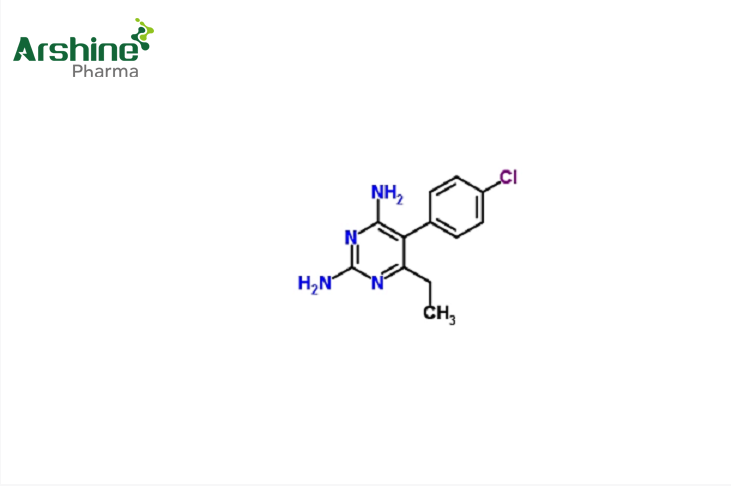
Introduction Pyrimethamine is a widely used antiparasitic drug that has played a crucial role in the field of modern medicine. Known for its efficacy against protozoan infections, particularly malaria and toxoplasmosis, pyrimethamine has saved countless lives worldwide. In this article, we will delve into the role and efficacy of pyrimethamine, examining its mechanism of action, clinical applications, potential side effects, and future prospects.
Understanding Pyrimethamine Pyrimethamine is a synthetic antifolate drug that belongs to the class of medications known as antiprotozoals. Originally developed as an antimalarial agent, pyrimethamine has since found utility in the treatment of other parasitic infections. It inhibits the activity of the enzyme dihydrofolate reductase, which is essential for the synthesis of DNA and RNA in parasites. By disrupting folate metabolism, pyrimethamine effectively impairs the growth and reproduction of the target parasites.
Mechanism of Action Pyrimethamine selectively inhibits the dihydrofolate reductase enzyme in parasites, preventing the conversion of dihydrofolate to tetrahydrofolate, which is essential for the synthesis of nucleic acids. This inhibition disrupts the production of DNA and RNA, leading to the impaired growth and survival of the parasites. By specifically targeting the parasite's enzyme, pyrimethamine minimizes harm to the host and enhances its antiparasitic efficacy.
Clinical Applications
-
Malaria: Pyrimethamine, often used in combination with other antimalarial drugs, is a cornerstone in the treatment and prevention of malaria caused by Plasmodium falciparum. Its efficacy in suppressing the growth of the parasite and preventing resistance makes it an essential component of artemisinin-based combination therapies (ACTs), which are the recommended treatment for uncomplicated malaria in many regions.
-
Toxoplasmosis: Pyrimethamine, in combination with sulfadiazine and folinic acid, is the standard treatment for toxoplasmosis, a parasitic infection caused by Toxoplasma gondii. This regimen effectively suppresses the replication of the parasite and reduces the severity of symptoms in immunocompromised individuals, such as those with HIV/AIDS.
Potential Side Effects While pyrimethamine is generally well-tolerated, it can cause certain side effects. Common adverse reactions include gastrointestinal disturbances, such as nausea, vomiting, and diarrhea. Additionally, some individuals may experience hematological changes, including anemia, leukopenia, and thrombocytopenia. Rarely, severe hypersensitivity reactions or toxic skin manifestations may occur. It is essential for healthcare providers to monitor patients closely and adjust the dosage if necessary.
Future Prospects The future of pyrimethamine holds promise as researchers continue to explore its potential applications. Studies are underway to investigate its effectiveness against other protozoal infections, such as leishmaniasis and babesiosis. Additionally, efforts are being made to develop new formulations and combination therapies to enhance treatment outcomes, reduce side effects, and prevent the emergence of drug resistance.
Conclusion Pyrimethamine has proven to be a valuable weapon in the fight against protozoan infections, particularly malaria and toxoplasmosis. Its targeted mechanism of action, combined with its widespread availability and affordability, makes it an essential component of antiparasitic treatment regimens. With ongoing research and further optimization, pyrimethamine's role is likely to expand, providing healthcare professionals with a potent tool to combat these debilitating diseases effectively.
